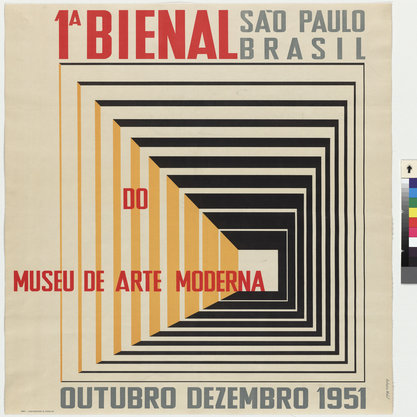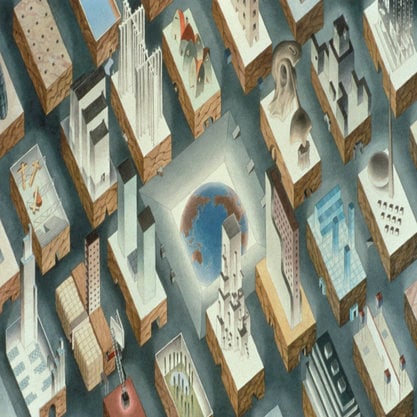Article
Matta, Roberto (1911–2002) By Doyen, Roxanne
Article
Chilean architect and artist Robert Matta Echaurren (b. 1911, Santiago, Chile; d. Civitavecchia, Italy 2002) is considered one of the most important figures of the Surrealist movement. His paintings combine Latin American, European, and American influences. In 1932, Matta decided to leave the politically unstable Chile to work for the French architect Le Corbusier in Paris. Disappointed with the architect’s rationalistic ideas, Matta explored the Parisian art world and met many members of the Latin American literary avant-garde, including Frederico Garcia Lorca and Pablo Neruda, who introduced him to Salvador Dalí and André Breton. Both encouraged Matta to draw and paint instead of being an architect. In 1937, Matta participated in his first Surrealist exhibition. The artists’ earliest works were abstract crayon drawings, showing organic patterns and microscope views of plants. In 1938, he transitioned to oil paintings. As an architect, Matta believed that architecture should create free, dynamic spaces. An example is Composición , where he used drawing to expand the visual fields and create interior landscapes, also known as inscapes, in which he tried to dissolve the boundaries of surfaces to find the internal world of the human being, or the human psyche.


